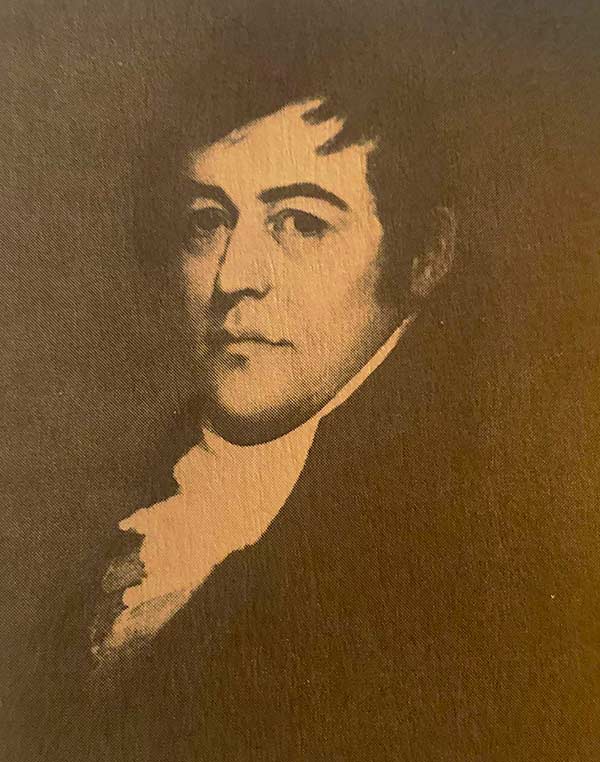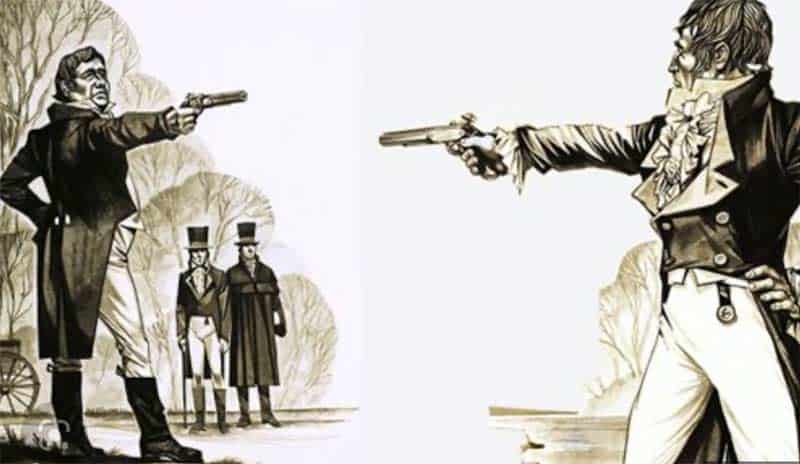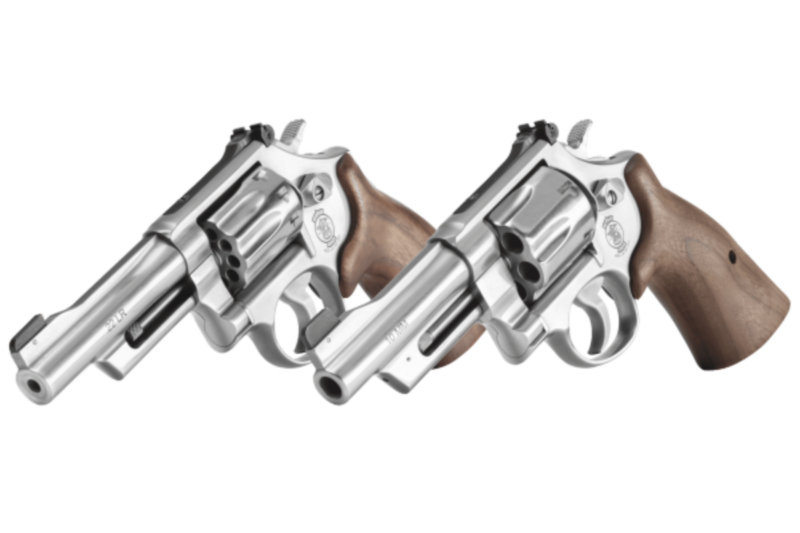The Dueling Doctors
of Transylvania
We’ve all heard the axiom “an armed society is a polite society,” and this was no more apparent during the early 1800s. For better or worse, severe disagreements were settled on the “field of honor” by the most stubborn of those willing to risk life or limb. While it wasn’t uncommon for doctors to attend these deadly duels, they usually did so in supportive roles of providing care for the duelists. It was indeed rare for doctors to be active participants in such shenanigans.
Normally, of course, doctors save lives. But in 1818, brawls between doctors were alarmingly common. However, not all of them ended like this one, in a duel with pistols. One doctor in Philadelphia during that era agonizingly stated how his colleagues “lived in an almost constant state of warfare.”
Too Many?
The reason for this warfare was simple, competition. The United States then turned out five times as many doctors per capita as some European countries, so there was fierce competition for patients. Doctors beat each other bloody all the time for stealing business.
But, this duel in 1818 was especially noteworthy. It kicked off a series of events that led to the formation of the most powerful medical society in the United States.
The Stage
Initially, the dispute was between Dr. Dudley and Dr. Drake. The two disagreed over the methods Dudley used during an autopsy. Words were exchanged, and tempers flared until Dr. Dudley felt insulted beyond reason and challenged Dr. Drake to a duel.
Dr. Drake opposed duels for settling differences, so his friend Dr. Richardson accepted in his place. A date was set, and a strategic location was chosen. For at this time, dueling was illegal. While the loser had to deal with potentially fatal consequences, the winner was usually arrested.
A Fine Line…
On a warm early August morning, the combatants, along with their chosen surgeons and attendants, as well as a few close friends, adjourned to the famous dueling sight of central Kentucky. It was only 6.5 miles west of Lexington, home of Transylvania Medical school.
After arriving on the grounds, the combatants coldly bowed to each other while their assistants loaded pistols, measured the ground and tossed a coin for choice of position and the right to give the word. You know, your typical pre-duel preparation. The adversaries stared intently at each other until they were given the word to “FIRE!”
Dr. Dudley was unscathed, but Dr. Richardson fell to the ground with a life-threatening wound in the groin. Bleeding profusely and needing immediate assistance to survive, his attending doctor could not stop the blood flow. So, in an ironic turnaround, Dr. Dudley offered his assistance, stopped the bleeding and sewed the severed artery, and saved Dr. Richardson’s life. How’s that for a way of drumming up business? Think he billed him for his efforts?
This location of the duel is special indeed, having a built-in “get out of jail” defense for the winner. The duel’s location was held on the Fayette and Scott County line. Each combatant was standing in a different county during the duel, meaning each was in a different jurisdiction. They could not be legally charged with dueling, hence making their duel legal.
This location is partially on the Walnut Hall Farm, which still stands today.
The American Medical Association
The 1818 duel between doctors Dudley and Richardson was especially noteworthy for having kicked off a series of events that led to the formation of the most powerful medical society in the United States.
That’s right. The American Medical Association itself traces back to this scuzzy skirmish and the backlash it provoked to find, somehow, some way to prevent doctor-on-doctor murder.
Some physicians began calling meetings in the mid-1840s to discuss starting a club — an open one, to discuss differences. Finally, in 1847, the American Medical Association was founded for several reasons. One was regulating the crazy treatments common for the day, which were flourishing then. But beyond those medical concerns, the association’s constitution explicitly addressed the need to “foster … friendly intercourse between doctors.”
Today, the AMA is a powerhouse — one of the most respected institutions in the world. Ultimately, though, we can trace its origins back to a bloody duel from 1818. As Paul Harvey would say, now you know the rest of the story. Perhaps the AMA logo should be a pair of crossed dueling pistols?







